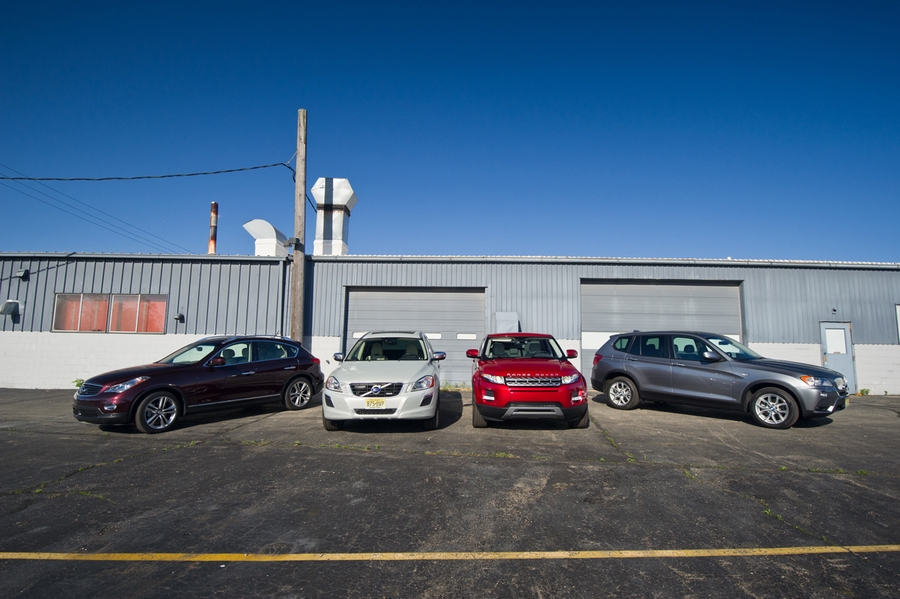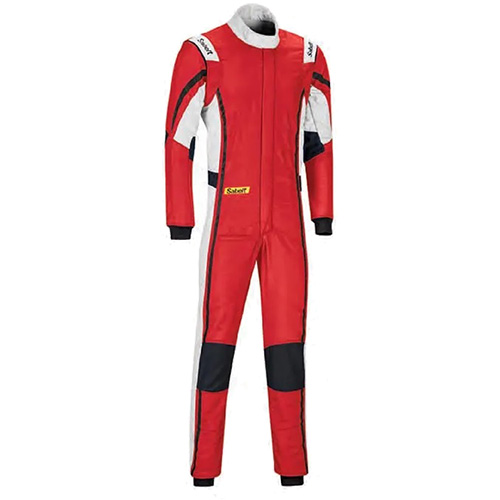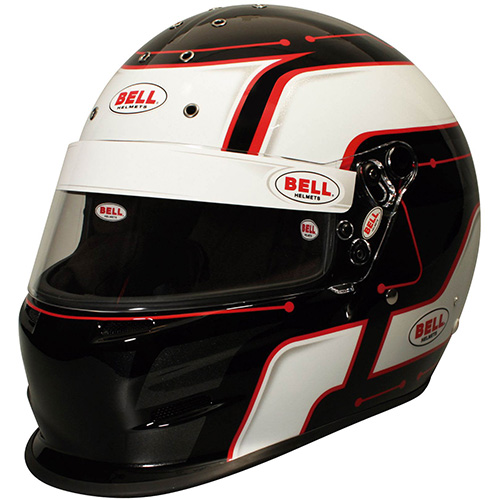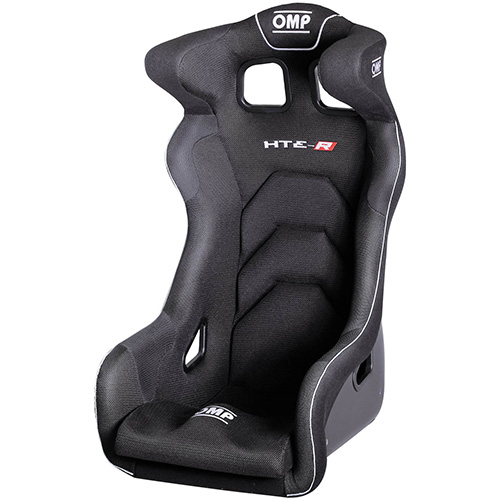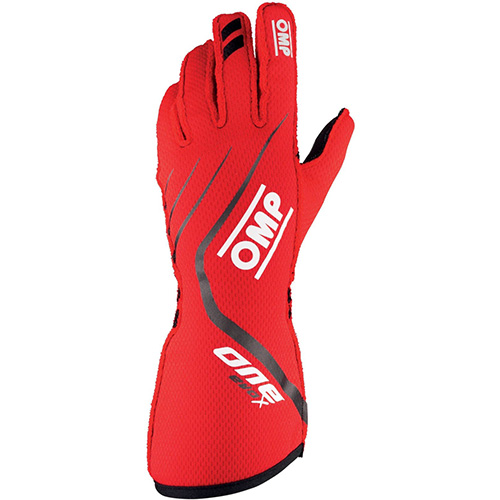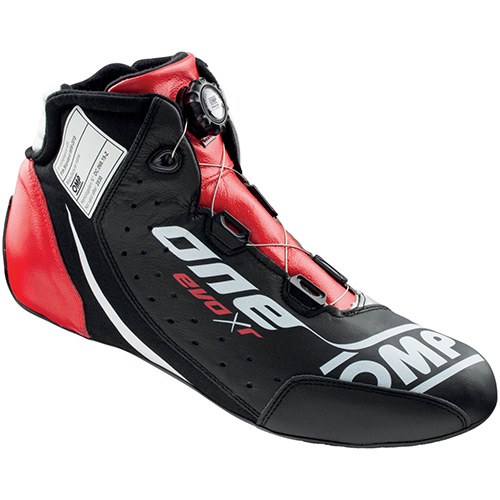We’re going to tackle some of the reader questions that we hear most frequently over here at the Winding Road editors’ desk. Certain questions crop up in emails to us, forum posts, and comments on articles—often times repeated almost word-for-word from different readers at different times. Rather than just respond to them all individually (we try to do that too), we’re going to summarize some of our collective answers, to the most popular questions, and post them on the website. If you have a specific question, the more burning the better, please ask in the comments section on any Reader Question post.
Question:
Very often when publishing comparison tests, we are asked about why some car or cars weren’t involved. This is especially true when we do bigger comparos (three or more vehicles) in segments with lots of competitors (mid-size sedans, e.g.).
In the answer below, Fleet Manager Brandon Turkus addresses some of the constraints we have in terms of setting up comparison tests. The text below is taken from Brandon’s response to a rather agitated Forums poster. If you’d like to see or comment on the original thread, you can find it
here.
Answer (From Brandon):
First, let me point out a few things. This is Winding Road, where the motto is "For Drivers." That means that every vehicle we test is looked at from the perspective of someone who enjoys driving, and not necessarily from the POV of an everyday commuter. We try to bring this ethos into our comparison tests, whether we’re running minivans or sports coupes.
Secondly, while I acknowledge that some vehicle types aren’t likely to ever see the track, analyzing their handling abilities is essential to writing up a complete review. Handling, balance, tactility, power delivery—all of these things are essential for a complete review for enthusiast drivers, even if the vehicles in question are for road-use only. For instance, a vehicle’s agility plays a key role in accident avoidance and on-road confidence, as well as simply making for a fun-to-drive vehicle.
As the Fleet Manager for Winding Road, it’s my responsibility to schedule vehicles for reviews and comparisons. Let me explain to you how I go about that.
First, I’ll call up the company that manages a manufacturer’s press fleet and ask if a particular vehicle is available. I’ll get one of four responses:
1. Yes, the vehicle is available with a wide-open schedule.
2. Yes, the vehicle is available on select dates.
3. No, the vehicle has no availability.
4. No, the vehicle is not currently in the press fleet.
I occasionally hear the first response, but generally it’s a mix of the other three, due in large part to the sheer number of publications located in the Detroit area. There just aren’t enough cars for everyone to get what they want, when they want it. I’m sure by this point you can appreciate the logistical challenge of getting four vehicles, three of which are quite new to the fleets, together at one time. It’s certainly not easy.
In your example, you were concerned that the Audi Q5 wasn’t a party to our luxury crossover test (
here). I’ll admit that we gave that vehicle a lot of consideration (as we did for the Mercedes-Benz GLK) but we didn’t schedule one for a couple of reasons. Since the 2.0-liter, turbocharged four-cylinder in the Q5 2.0T only pumps out 211 horsepower and 258 pound-feet of torque, it would have been even more outgunned than the Range Rover Evoque. The Q5 is also 188 pounds heavier than the Evoque and about 110 pounds heavier than the Infiniti. Secondly, the pricing for the 2.0T didn’t match up. The starting price was $4000 below the Infiniti, which was already stretching the bounds of the comparison.
And if you are wondering why we didn’t book a Q5 3.2, it’s simply because there isn’t one in the press fleet. At all. Anywhere. Audi only offers that 3.2-liter engine in the Q5, having phased it out of the A3, A4, A5, A6, and Q7 over the past few years. If I remember correctly, it’s set to be fully discontinued once production wraps up on the current Q5. No OEM will pay to maintain, store, and loan a vehicle that is on its way out.
Now, take those considerations for the CUV test in question, and extrapolate them out for other comparisons that you’d like to see. When logical cross-shop factors are considered (segment, price, size), along with performance factors (power, weight, powertrain layout), and all of those must be cross-referenced with availability, you’ll probably see why we don’t always have your favorite cars, in your favorite tests.
With all of that said, keep the suggestions coming! I love to be challenged, and we love to put together cool comparison tests. Be sure to send your thoughts and ideas to
[email protected], or just post them in the comments section.
